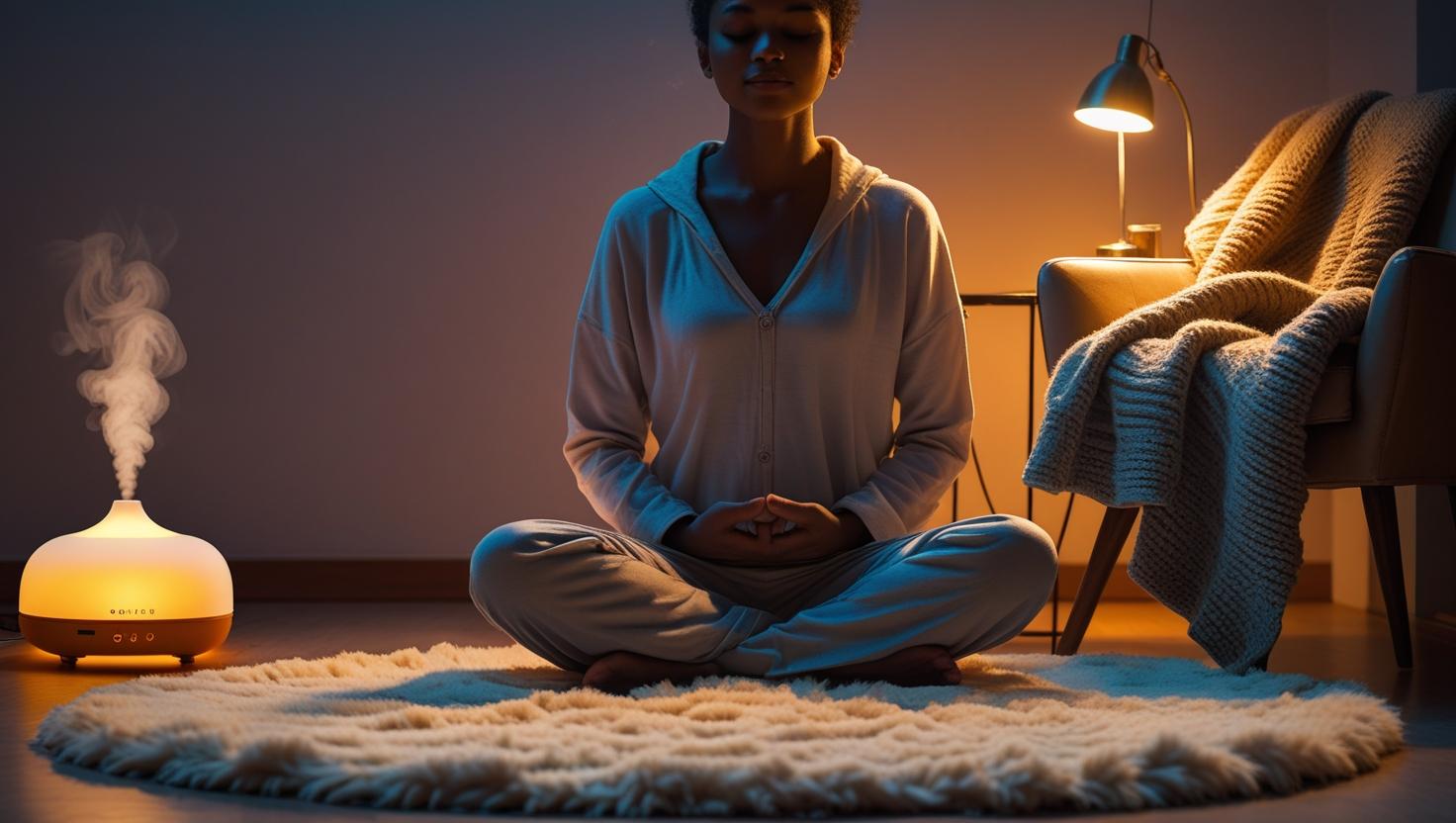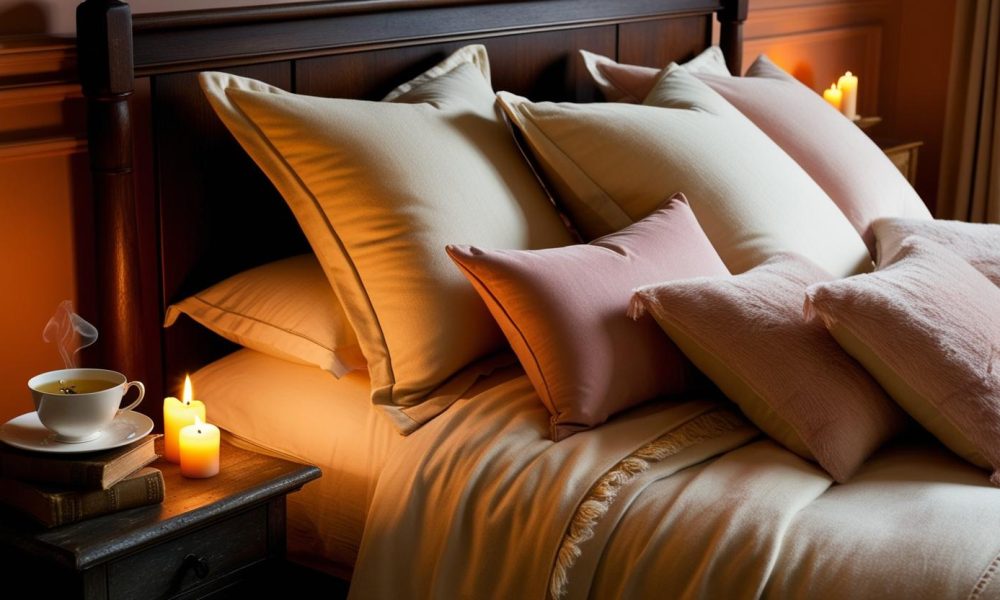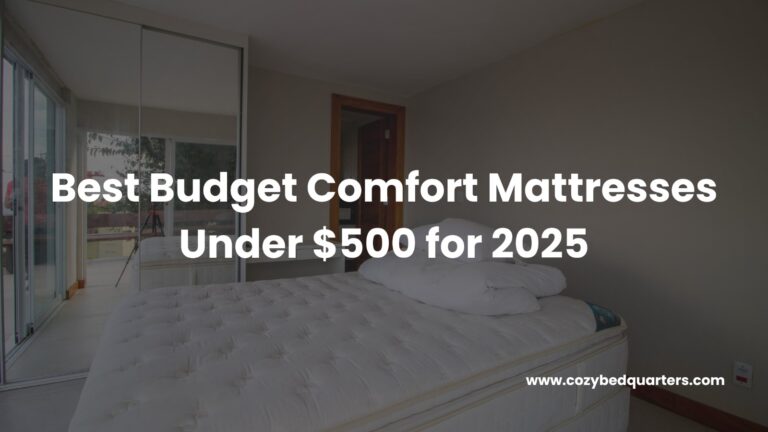Bedding Rituals: History, Culture & Modern Sleep
Bedding rituals have transformed from communal medieval ceremonies to personal sleep routines. Understanding their origins helps us reclaim bedtime as a nourishing, intentional part of daily life. Updated 2025.
Key Takeaways
- Historical Significance: Bedding rituals once marked marriages, affirmed community bonds, and offered spiritual protection.
- Cultural Diversity: From Japanese futons to Indian Ayurvedic oils, every culture shapes the way we wind down.
- Modern Edge: Science-backed bedding rituals improve sleep quality when paired with mindful design and consistent routines.
- Actionable: A simple, repeatable flow—lights down, screens off, gentle scent, and quiet reflection—trains the body to rest.
What Are Bedding Rituals?
Bedding rituals are the patterns, gestures, and preparations we repeat before sleep. In earlier eras, they were public and ceremonial; today they are intimate and personal. Yet the aim is unchanged: calm the nervous system, signal safety, and invite deep rest. Think of your ritual as a bridge—moving you from the bright bustle of day to the quiet of night.
Ancient Bedding Traditions
- Ancient Egypt: Elevated beds protected sleepers from pests and drafts; linen—associated with purity—was perfumed with myrrh or lotus. Carved headrests weren’t just ergonomic supports; they symbolized the head’s passage into dream and renewal.
- Mesopotamia: Clay tablets describe nocturnal prayers and protective charms against “night spirits,” plus simple mats that could be rolled and stored—early evidence of flexible sleep spaces.
- Classical China: Early Feng Shui emphasized bed placement for harmony and safety—head supported by a solid wall, clear view of the entrance, and minimal clutter to keep qi flowing.
- Greece & Rome: Wealthy homes displayed sleeping quarters as status: painted walls, textiles, and amulets against bad dreams. Evening bathing and light oils prepared the body for rest.
Medieval Bedding Ceremonies: A Communal Affair
In medieval Europe, bedding ceremonies were integral to weddings. After the vows, kin escorted the couple to the marriage bed, offering blessings (and, in some regions, witnessing the consummation). The ritual was less about voyeurism than public legitimacy: marriage forged alliances, transferred property, and anchored families within the wider community. To separate myth from documentation, see Bedding Ceremony Stories: Separating Myth from Reality.
Bedding as a Status Symbol
During the Middle Ages, the quality and ornateness of one’s bed signaled wealth and rank. Massive frames, embroidered hangings, and heavy curtains created warmth, privacy, and theatrical presence. Beds were heirlooms—sometimes inventoried like jewels—showing that the space of sleep carried real economic value.

Superstitions and Spiritual Practices
Before sleep science, nighttime felt liminal. People sought protection with ritual objects and plant lore:
- Herbs like rosemary and lavender under the pillow to soften nightmares.
- Iron implements at the bedside to repel ill fortune.
- Directional sleeping for luck, energy flow, or spiritual alignment.
These practices reveal a deep intuition: the mind opens at night. Explore more lore in bedroom superstitions for better sleep.

Victorian Bedtime Etiquette
The Victorian bedroom was theater. Evening tea, designated “nightdress,” and scripted reading underscored propriety and composure. Heavy drapery and layered bedding held warmth in drafty homes. Etiquette manuals advised quiet routines and tidy rooms—early versions of “sleep hygiene.” Though ornate, the era championed order: a predictable sequence to usher in rest.
Industrial Age to Early 20th Century
Electric light lengthened workdays, pushing bedtimes later while reducing sleep time. Magazines popularized “sanitary” bedding—washable linens, sunning mattresses—and promoted fixed schedules for children. Boarding houses and tenements normalized compact sleep spaces and emphasized the practicality of folding beds and pullouts—rituals adapted to smaller, busier lives.
Global Bedding Rituals
- Japan: Tatami floors and futons folded each morning promote cleanliness and mindfulness. Evening baths (ofuro) relax muscles; minimal rooms keep the sleep environment quiet and purposeful.
- India: Ayurveda pairs warm oil foot massages with herbs like ashwagandha and tulsi. Spices in warm milk and pre-sleep prayer or meditation ground the mind before lights out.
- Scandinavia: Fresh air is prized: babies nap outdoors in prams, and adults favor breathable bedding and cool rooms. Rituals focus on “hygge”—soft light, simple textiles, and slow wind-downs.
- Indigenous North America: Dreamcatchers, smudging, and storytelling around the hearth embed sleep in community and meaning.
- Middle East: Incense (oud, frankincense) and sweet night teas scent the home. Textiles—light in summer, layered in winter—follow the seasons.
- West Africa: Woven mats and mosquito nets balance airflow and protection. Evening communal time—music, conversation—eases transition into night.
- Mediterranean: Late dinners are countered by calm evenings with low lighting and linen bedding; afternoon rests (where cultural) help regulate overall sleep pressure.
- Pacific Islands: Open-air sleeping and natural fibers (pandanus, cotton) align with climate; quiet conversation and moonlit walks mark the shift to night.
Modern Bedding Rituals: A Simple Reset Plan
Today’s rituals focus on consistency and sensory cues that tell your brain it’s time for rest. Instead of overcomplicating things, start small and let rhythm do the work.
- Power down: Set devices aside or use night mode. Aim for a firm “screens-off” cutoff.
- Set the scene: Dim lights, clear surfaces, and create visual calm.
- Scent cue: Use lavender, chamomile, or cedar with a diffuser or linen spray. Keep it consistent.
- Light movement: Gentle stretches or a short walk—enough to release tension without raising your heart rate.
- Mind quiet: Journal briefly (wins, worries, gratitude) followed by 3–5 slow breaths.
- Comfort layers: Smooth sheets, fluff pillows, and pull on a favorite throw for a tucked-in signal.
- Wind-down activity: Paper reading, soothing audio, or a guided body scan. Lights out at the same time nightly.
Pro tip: Try this for one week. Days 1–2: choose your bedtime window and prep your space. Days 3–4: add scent + journaling. Days 5–6: introduce light stretches. Day 7: keep only what feels natural. Consistency beats perfection.

Science-Backed Habits Behind Better Sleep
- Circadian rhythm: Light exposure is the main time cue; dimming lights in the hour before bed helps melatonin rise.
- Sleep pressure: Caffeine timing and late heavy meals disrupt the natural build-up of sleep drive; gentle routines reduce physiological “noise.”
- Blue light: Screens close to bedtime can delay melatonin and fragment sleep; swap for analog activities.
- Temperature: Cooler rooms (generally mid-60s°F) support thermoregulation and deeper stages of sleep.
For public-health guidance on sleep hygiene and light, see the CDC’s sleep hygiene overview, the American Academy of Sleep Medicine’s guidance on tech and sleep, and the Sleep Foundation’s bedtime routine guide. For practical steps, see our walkthrough for creating a calming bedroom routine.
Designing Your Bedroom as a Sleep Sanctuary
Environment shapes behavior. Aim for clutter-free surfaces, breathable layers, and tactile variety (percale + knit throws). Noise-proof with soft rugs and curtains; mask stray sound with a fan. The bed is the star: supportive mattress, smooth sheets, and a weight that feels secure. Explore upgrades and textiles in our guide to a quality bedding upgrade.
Common Mistakes (and Easy Fixes)
- Too many steps: Overbuilt routines collapse. Start with two cues (dim light + scent).
- Inconsistent timing: Your brain loves rhythms. Hold the same wind-down window, even on weekends.
- Stimulating “relaxation”: Thrillers, intense workouts, or doom-scrolling sabotage calm. Pick soothing inputs only.
- Overheating: Layer breathable fabrics and lower the thermostat to support deep sleep.
Reviving the Magic of Bedding Rituals
Across eras, people shaped sleep with symbols, textiles, scents, and shared moments. Today we keep the spirit—intentional, rhythmic, soothing—while leaning on evidence and design. A few well-chosen cues, repeated nightly, can make your bedroom feel like a sanctuary again.
Final Thoughts
When you treat bedtime as ceremony, rest becomes reliable. Start small, repeat nightly, and refine your bedding rituals until they feel like second nature. For gentle upgrades—from breathable sheets to calming routines—explore our guides at Cozy Bed Quarters.
FAQ
What’s the quickest way to start a bedding ritual?
Pick two cues you’ll actually repeat—dim lights and a consistent scent—then add one calming activity like journaling or paper reading.
How long should a wind-down take?
Most people do well with 60–90 minutes. Even 30 minutes helps if you’re consistent with the same steps and timing.
Which scents are best for sleep?
Lavender, chamomile, cedar, and sandalwood are common choices. Use a light, repeatable dose; consistency matters more than the exact fragrance.
Do I need to avoid screens entirely?
Ideally, yes in the last hour. If you must use devices, enable night mode and switch to low-stimulation tasks like a simple podcast or guided breathwork.
What if my schedule is irregular?
Anchor your ritual to the hour before intended sleep, even if bedtime shifts. Keep the steps the same so your brain recognizes the pattern.
Related reading from Cozy Bed Quarters
- Quality Bedding Upgrade: 10 Must-Have Essentials for Better Sleep
- How to Create a Calming Bedroom Routine
- The History of Nuptial Bedding Ceremonies























